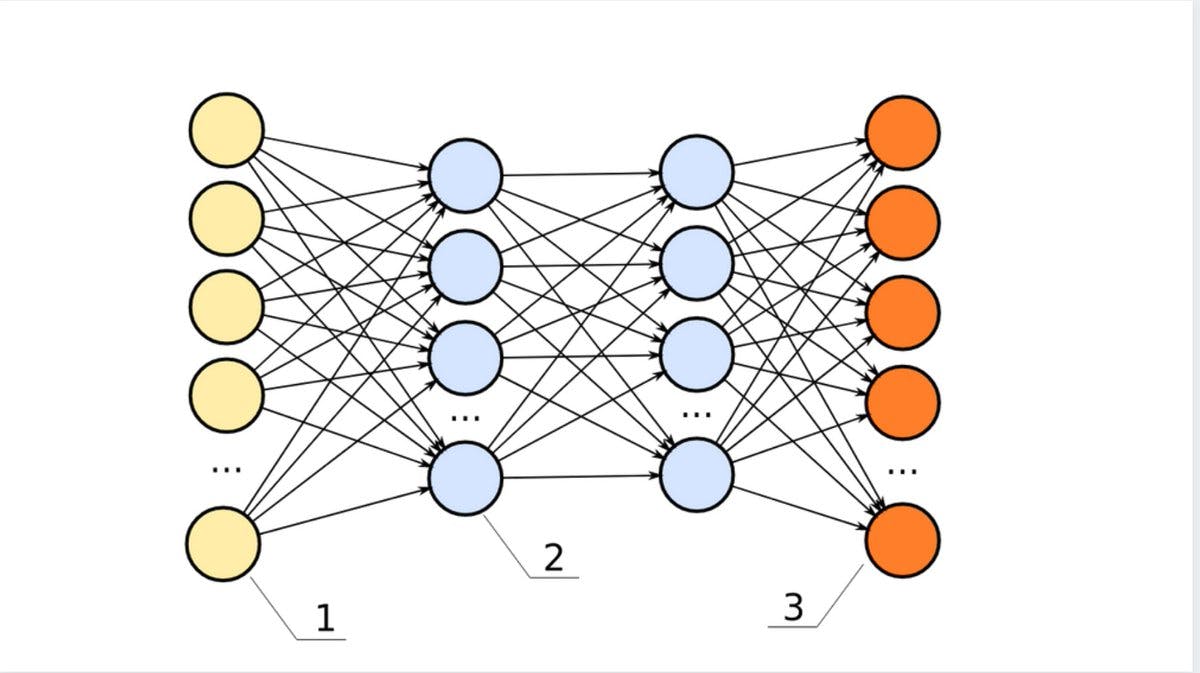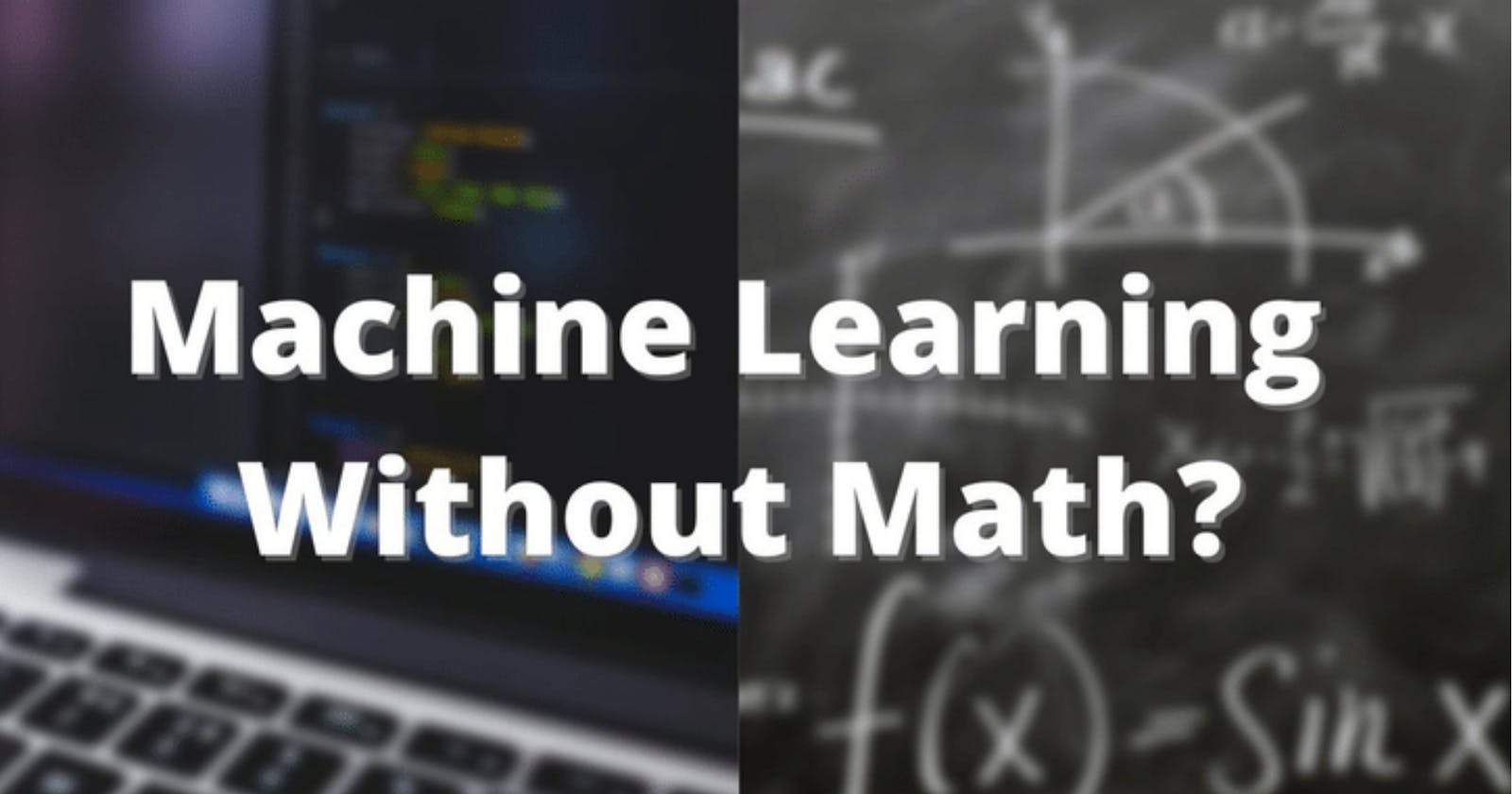There is a common misconception about machine learning that one needs to know a lot of math to get started with it.
However this is completely false!
You can pick the up the math as you go deeper into machine learning and one can comfortably start machine learning without it.
The point of this blog post is to help you get started with machine learning, not to proclaim that math is not important.
For this exercise you'll have to know basic programming knowledge in Python, that's it!
Here's what we are going to solve.
We are given data in which we are given the number of flats in a house and its corresponding price. Like a house with one flat is worth 10000, and 20000 for a house with two flats.
We can clearly tell that the price of the house increases by 10000 per extra flat however our computer does not know this and we won't it tell it about this, it'll have to figure things out on its own 🤫
Here's the code
( The link opens in Google colab, an online editor wherein your code runs on google's servers, no setup for Python or Tensorflow required on your PC! )
Let's try to understand what is going on here.

We import TensorFlow and Keras which are frameworks for making neural nets
Our Neural Net: This is where all the magic happens, for this exercise we need only one neuron.
Wait! What is a neural net?
Neural Networks are a digital imitation of the neurons you see in the human brain.
In these neural networks, data flows through them and each neuron (the circle) has a numerical value which will change.

The value of a neuron gets changes to something which is close to what we want each time the data passes through the neural network.
Think of the neurons as dials on a lock, you have to tune every dial to open the lock.
It is almost impossible for a human to tune thousands of dials like these, but a computer certainly can.
Once the dials are well tuned, you have a well trained neural network!
In this case we'll be able to predict the prices of houses based on how many flats they have.
Let's move on.
Now we pass the data (flats and prices) through our neural network 500 times. (these loops are called epochs)
Finally,we predict what the price of a house with 10 flats. (we should get something around 100,000)
And that's it! It was that easy.
Did we use any complex math? No!
This proves that you can get started with machine learning without any math.
What excuses do you have now?

